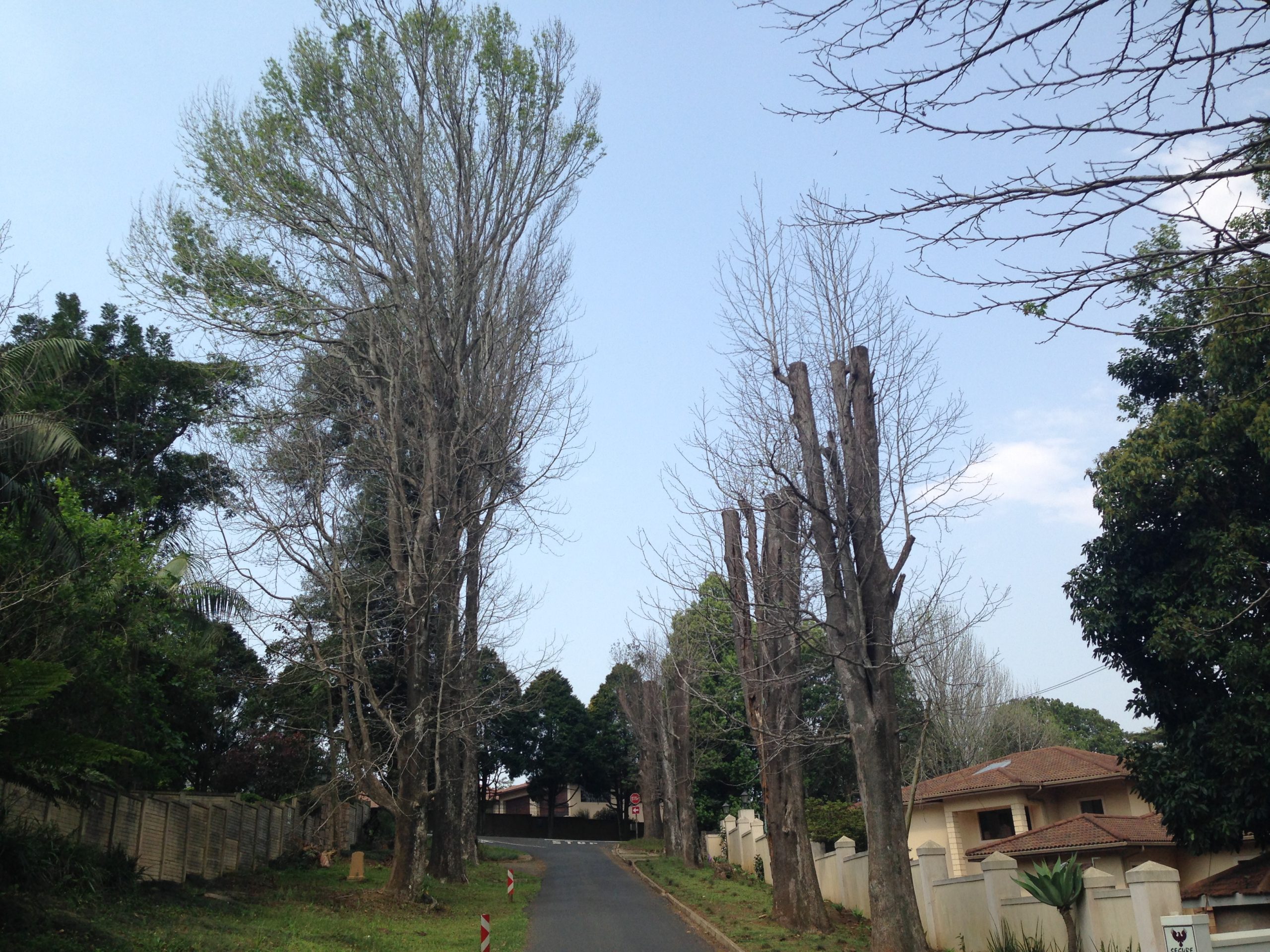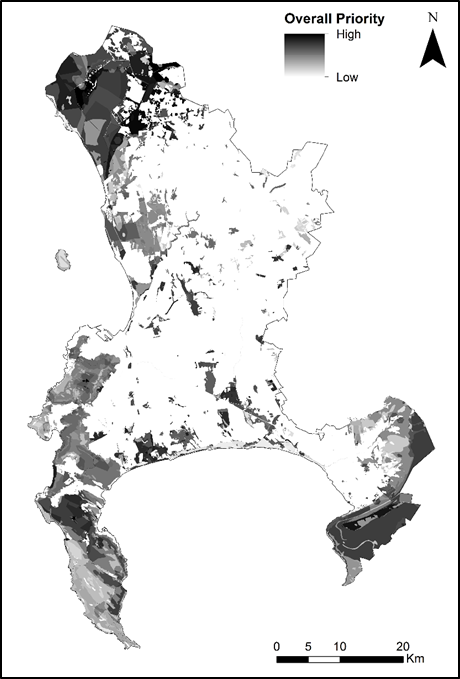Scientists warn of increasing threats posed by invasive alien species
Invasive alien species are one of the top five threats to biodiversity and ecosystems globally, yet only a handful of countries regard biosecurity measures as a priority.

Invasive alien species are one of the top five threats to biodiversity and ecosystems globally, yet only a handful of countries regard biosecurity measures as a priority.
For decades, invasion scientists have been trying to identify generalisations that can allow us to understand which species will become invasive in the future, where and how they will be introduced, which impacts they will have in the invaded areas, and how we can efficiently manage them.
With a changing climate it becomes even more important to understand how animals experience temperature on the ground. On a warm summer's day, air temperature sensors might reach 30°C or more, yet a lizard will feel the heat differently in its own environment.
In a paper recently published in Current Biology, an international team led by C·I·B research associate Jaco Le Roux and postdoctoral fellow Heidi Hirsch contrasted the patterns and dynamics of plant extinctions between biodiversity hot- and coldspots.

Factors related to human safety and security are most important when prioritising areas for invasive alien plant (IAP) management across the Cape Town metro.